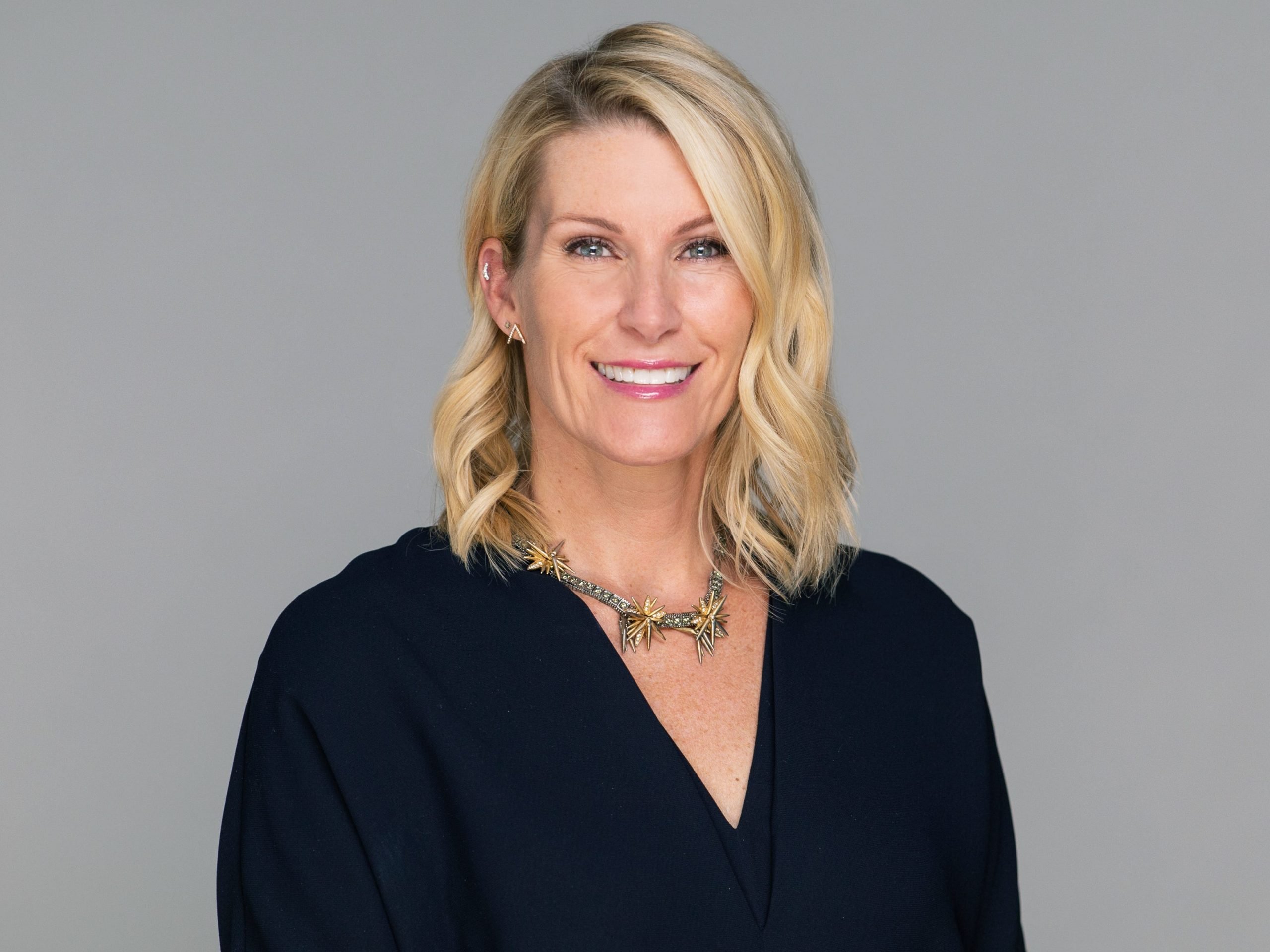
Revlon
- Martine Williamson joined global beauty leader Revlon as the CMO in December 2020.
- She knew the company was open to shifting its culture and being nimble during an unprecedented time.
- Revlon adapted to consumer behavior shifts during the pandemic by utilizing digital technologies.
- This article is part of the "Innovation C-Suite" series about business growth and technology shifts.
When Martine Williamson joined Revlon as the chief marketing officer in December 2020, it wasn't her first stint working for the New York City-based global beauty leader. In fact, she had left the company in 2015, after 14 years in a variety of marketing roles, in order to experience smaller, DTC, tech-driven beauty brands such as Laura Geller, Clark's Botanicals, and Topix Pharmaceuticals.
But when Debra Perelman, who became Revlon's first female president and CEO in 2018, approached her about rejoining as CMO, Williamson was all ears. After all, over the past half-decade Revlon had expanded beyond its iconic Revlon and Almay brands to transform into a larger company with acquisitions including Elizabeth Arden. She also liked that it had emerged as an organization open to shifting its culture toward a nimble startup sensibility and accelerated digital efforts.
"I was always rooting for Revlon from the sidelines after I left," Williamson told Insider. "I have such heart for these brands." It was ultimately an easy decision to return. "This is the most collaborative, resilient organization I've ever been a part of and I love having a predominantly female leadership team," she said.
Revlon saw consumer behavior shifts during the pandemic
Of course, every company within the beauty industry was impacted by the COVID-19 pandemic, and starting as CMO at a global company, while working remotely, was also challenging. But Williamson points out that the industry is also fast-paced and ever-evolving, and Revlon was able to adapt quickly.
"Certain categories, like lipstick, saw a deep decline due to mask-wearing and social distancing, but other categories thrived, like at-home hair care," she explained. "So from a portfolio standpoint, we had to lean into where we knew consumer behavior had shifted, then accelerate our efforts overall to build out the seamless shopping experience for our customers."
The company adjusted by experimenting with digital technologies
Revlon began driving bigger investments in digital technologies related to e-commerce and social channels while moving away from a primary focus on the in-store retail experience, which had dropped off during the pandemic. The marketing organization also revamped its in-house creative team with a digital-first mindset, to test and learn on new platforms such as Clubhouse, a growing audio social network, as well as TikTok, which exploded during the pandemic.
For example, a TikTok partnership promoting Revlon's oil-absorbing volcanic stone face roller went viral. "That really became a knockout success that we didn't anticipate," she said. "We've had fun taking those super-visual, out-of-the-box ideas to leverage digital in that space."
Revlon has also tailored its digital efforts to different markets, such as using augmented reality and live streaming tools in China, a market which Williamson explains is less about daily consumer shopping and more driven by events such as Singles' Day, the 618 holiday, and Chinese New Year. "Their most recent event was Super Brand Day, and we launched a new product with key opinion leaders in the marketplace," she said. "We were the number one live-streaming brand that day."
Other Revlon businesses also saw a digital boom over the past year, including the company's professional salon business. "A big piece of that business was in-salon training, so we've tested things like online academies," Williamson said.
Williamson works closely with IT teams to understand and implement creative digital tools
Williamson's marketing teams can easily access at least a dozen digital tools in a dashboard that presents common metrics across Revlon's businesses. This allows them to dig deep into data analytics and make sure the company creates unique and delineated customer journeys that drive sales. But Williamson hardly considers herself a technology expert. Instead, she explained, collaboration with IT teams is essential.
"I need to understand the broad strokes of any of the tools that are embedded in today's marketing," she said, adding that she relies on her internal partners to deeply dig into things like data management. "I speak in layman's terms: This is where we need to get to, how do we get there?" she said. "We all understand and respect each other's expertise and areas of knowledge, so it truly is us all coming together and knowing what the end goal is."
Nearly eight months into her new role as CMO, Williamson said that when it comes to shifting toward a startup mindset focused on digital innovation, the bottom line is focusing on testing and learning and understanding that "it's OK to fail and then move quickly."
"There's a new passion in this company, and it has energized me tremendously," she said. "We've accomplished a tremendous amount when it comes to digital, but now it's about executing with excellence."

